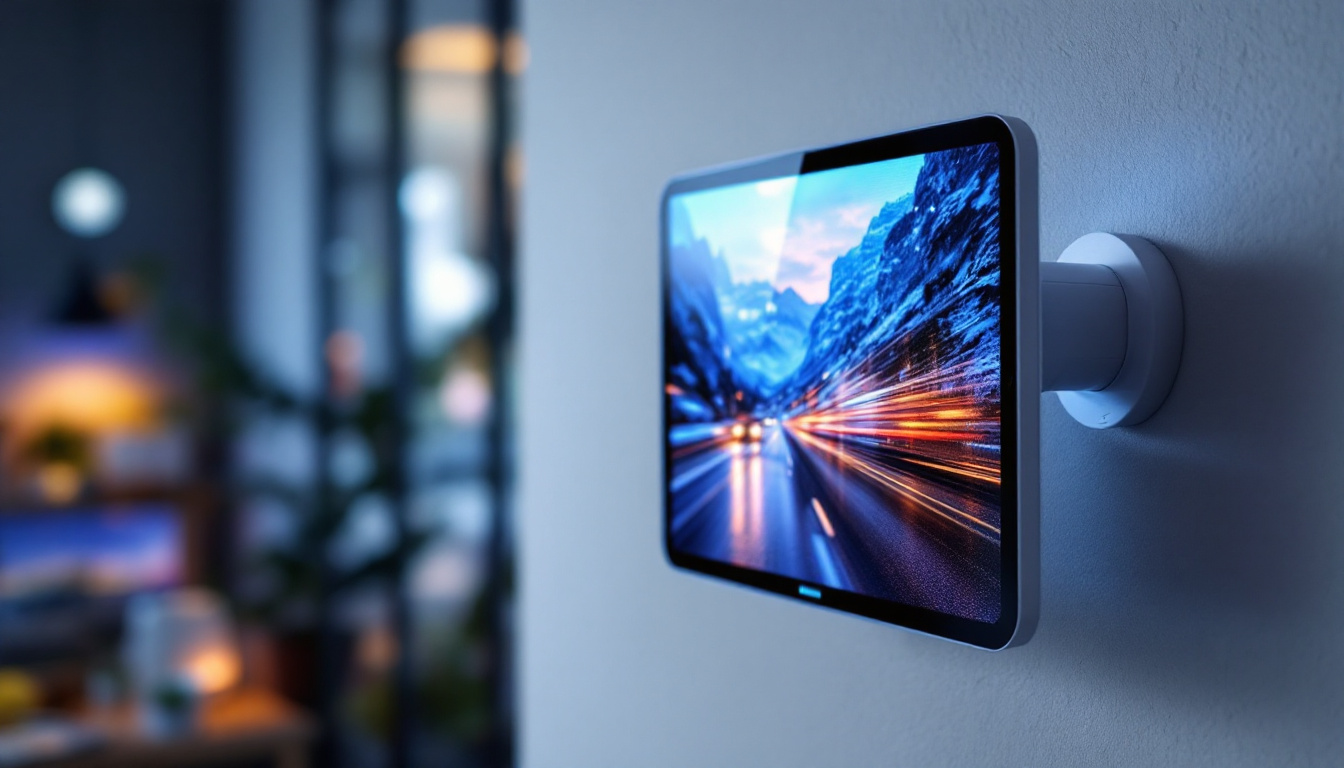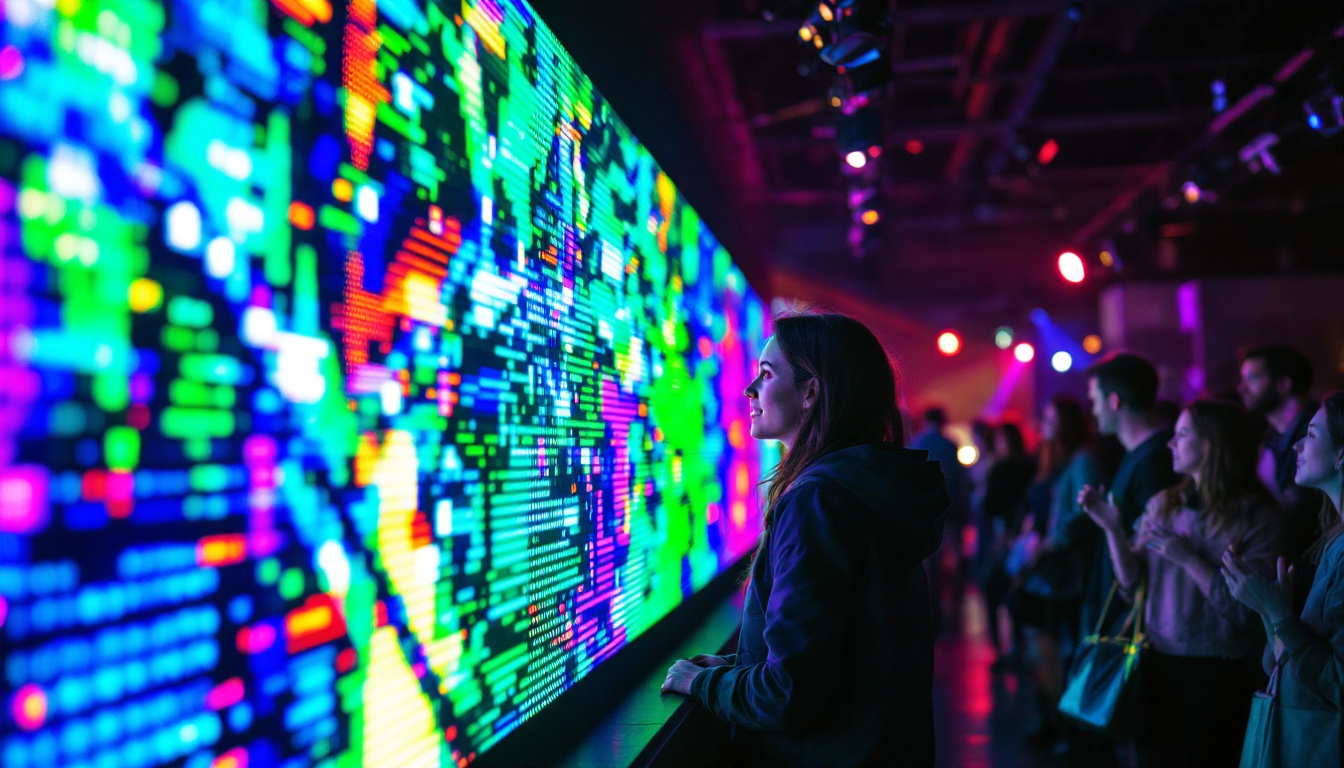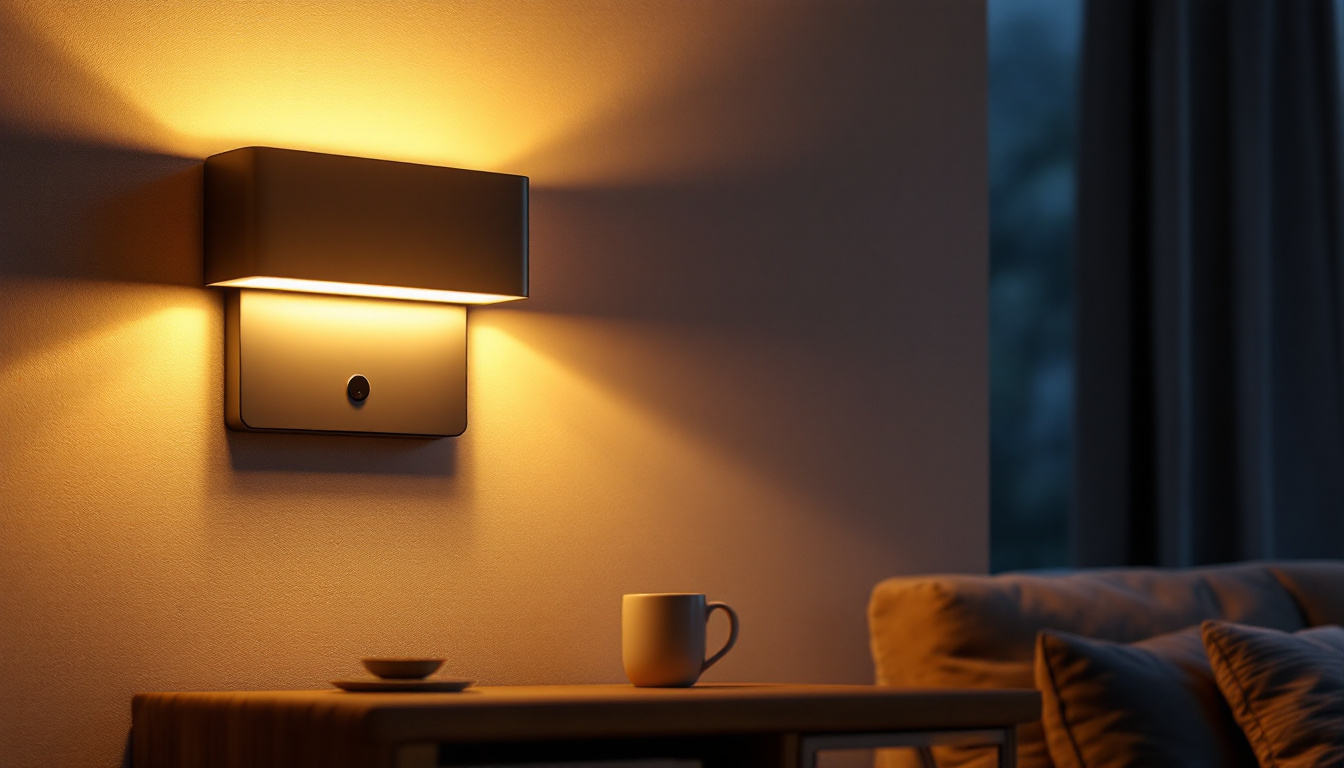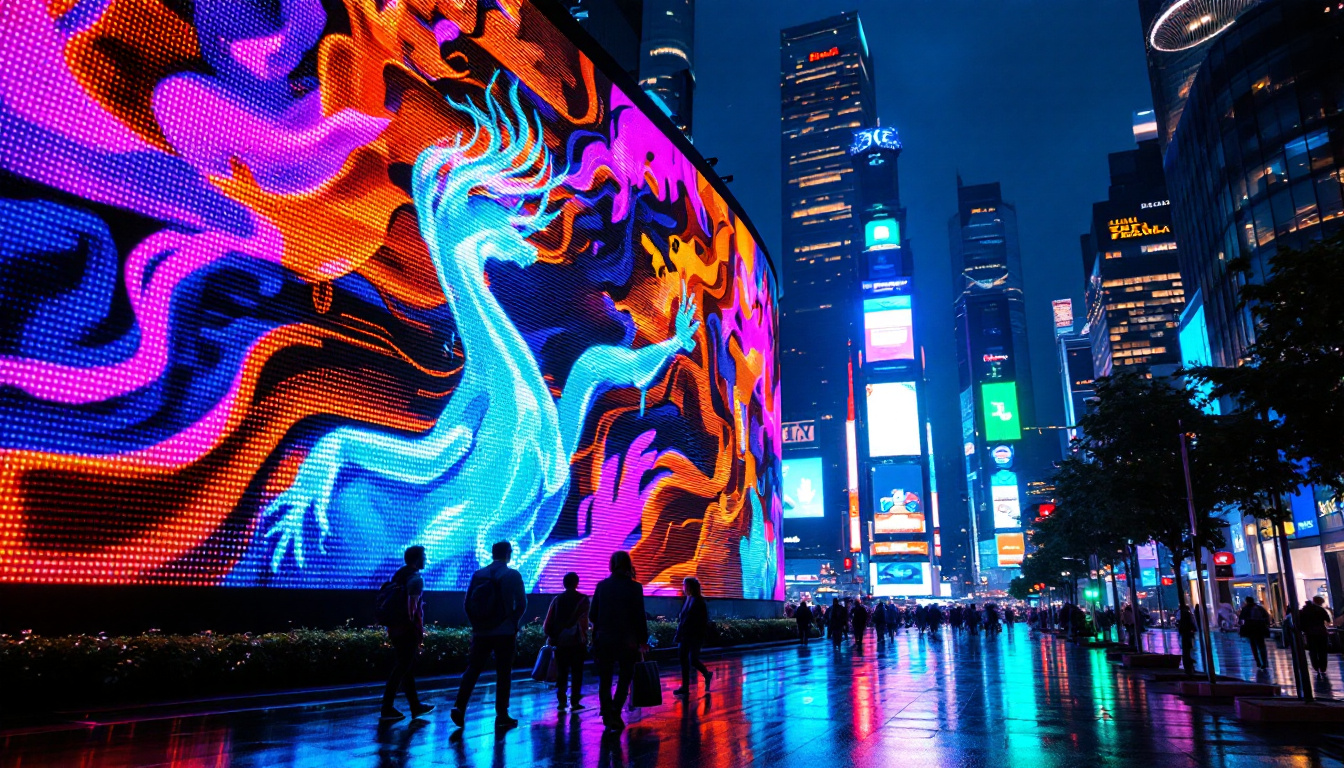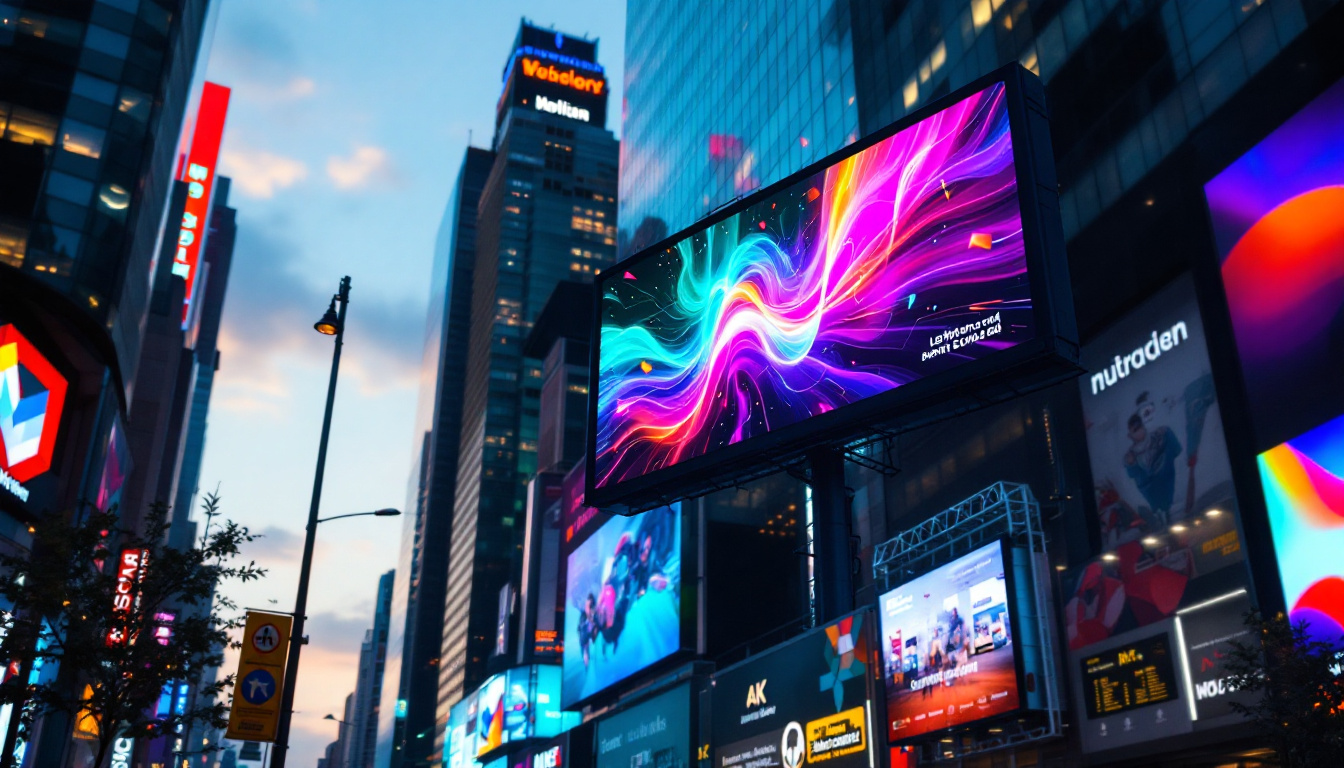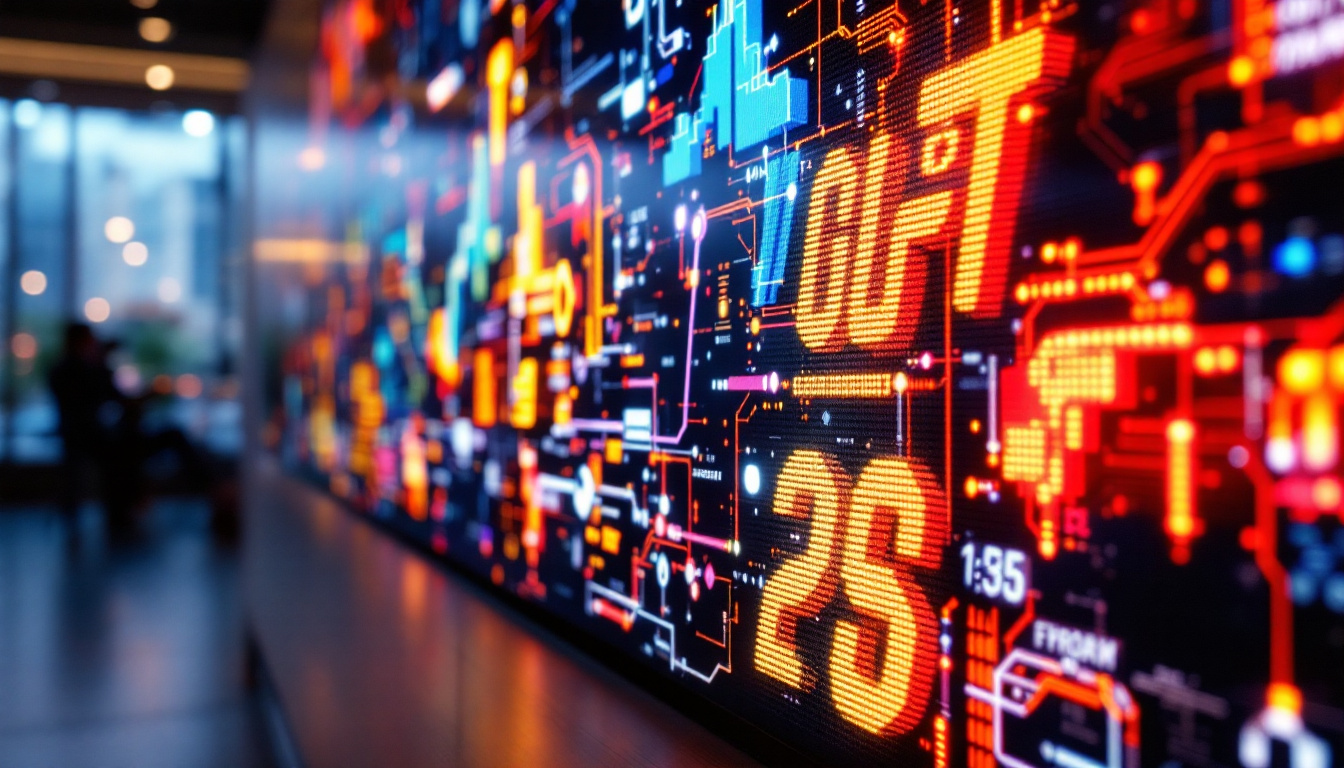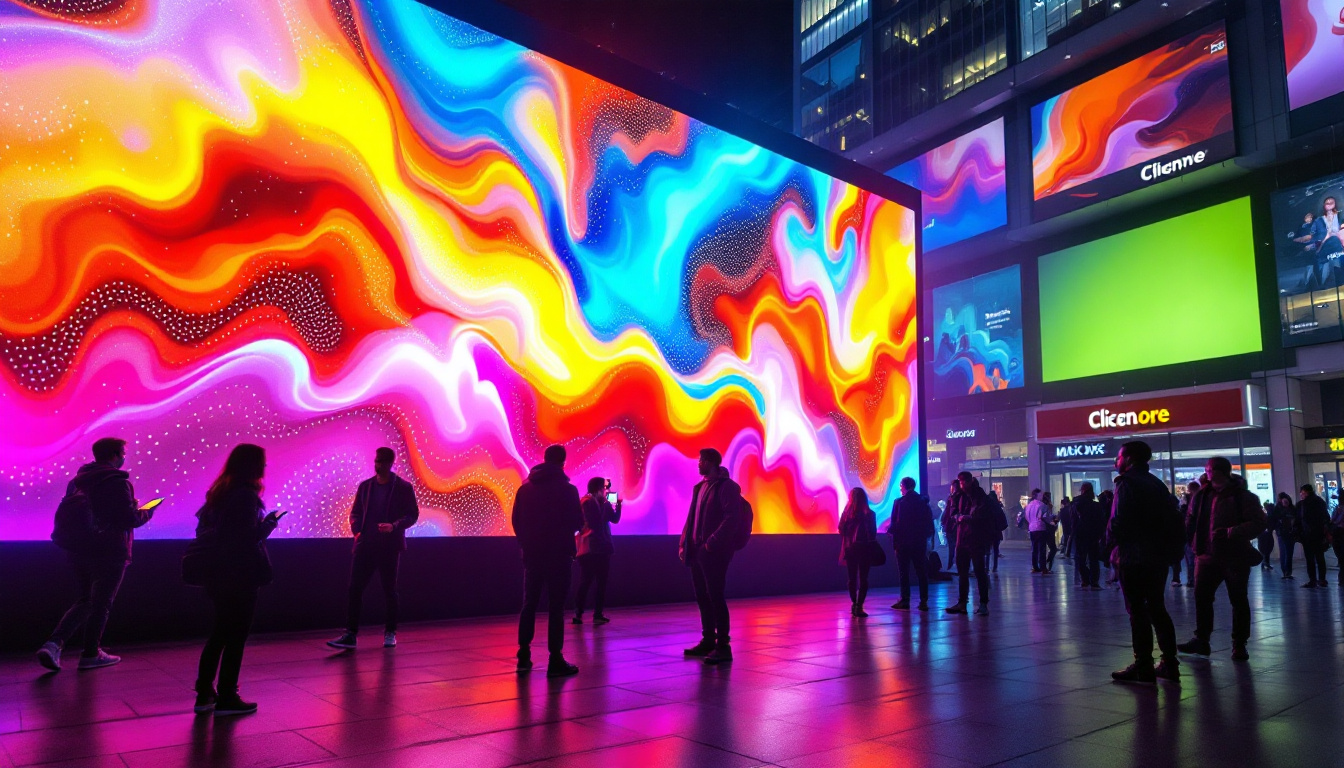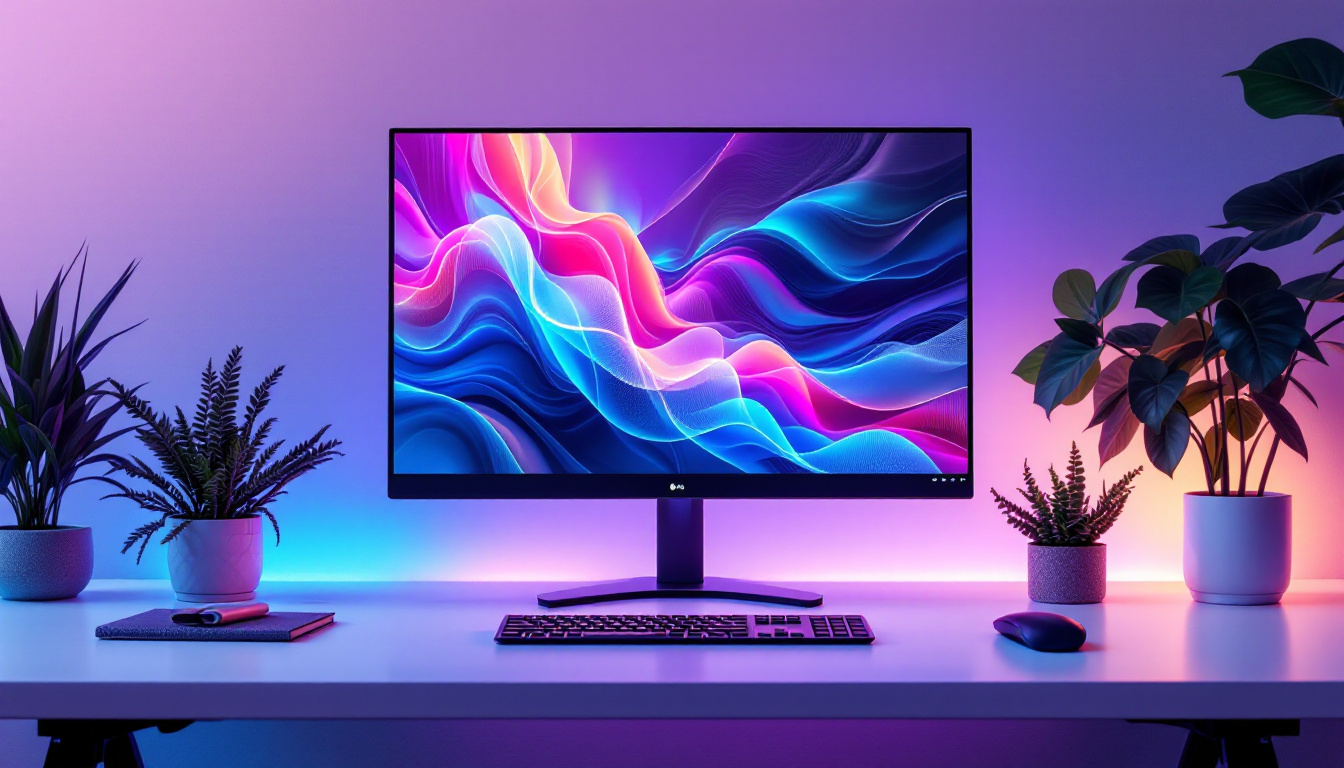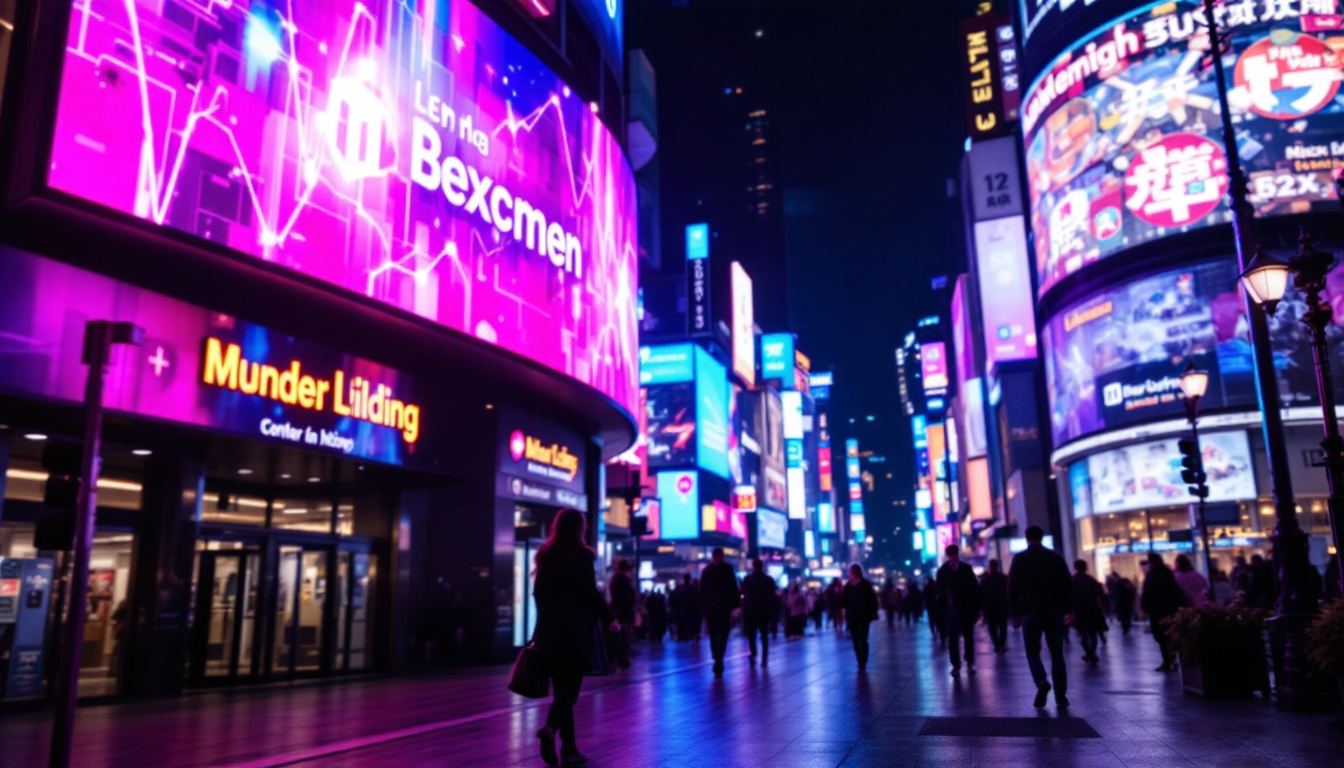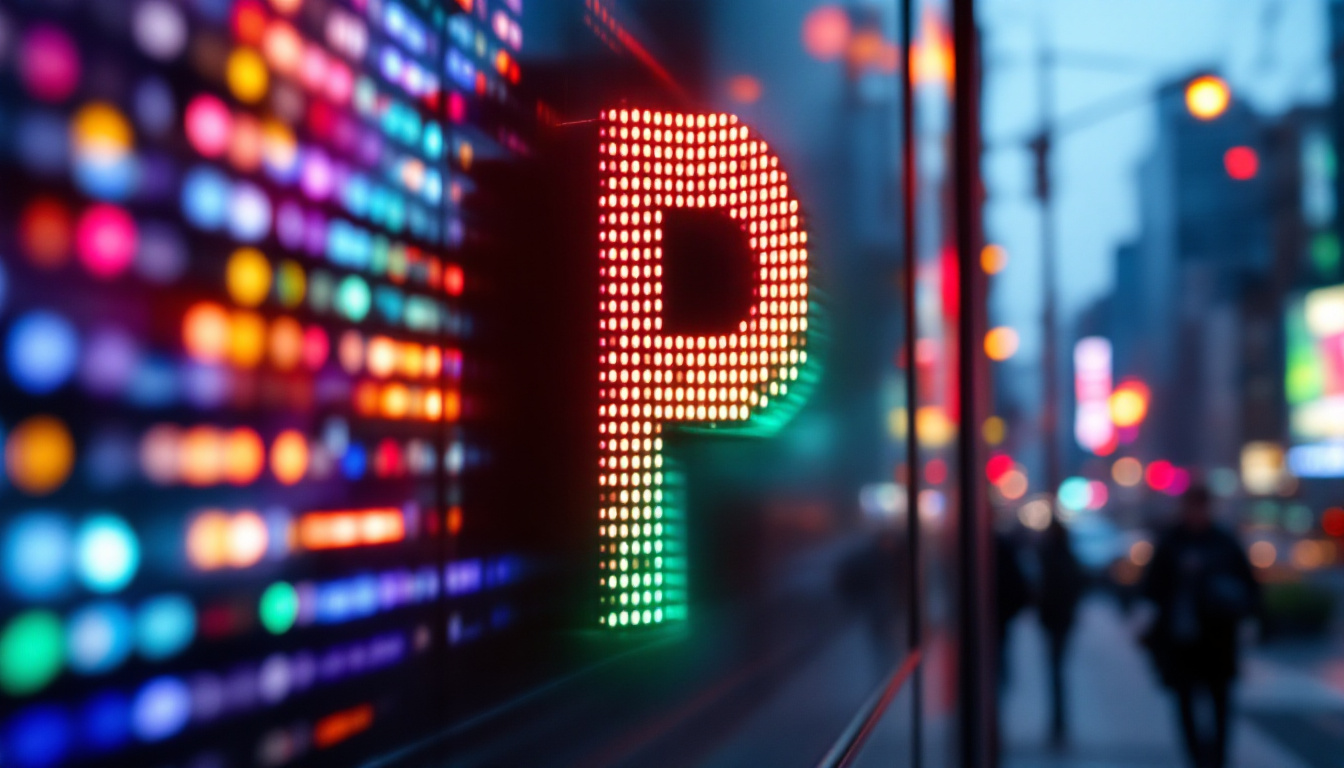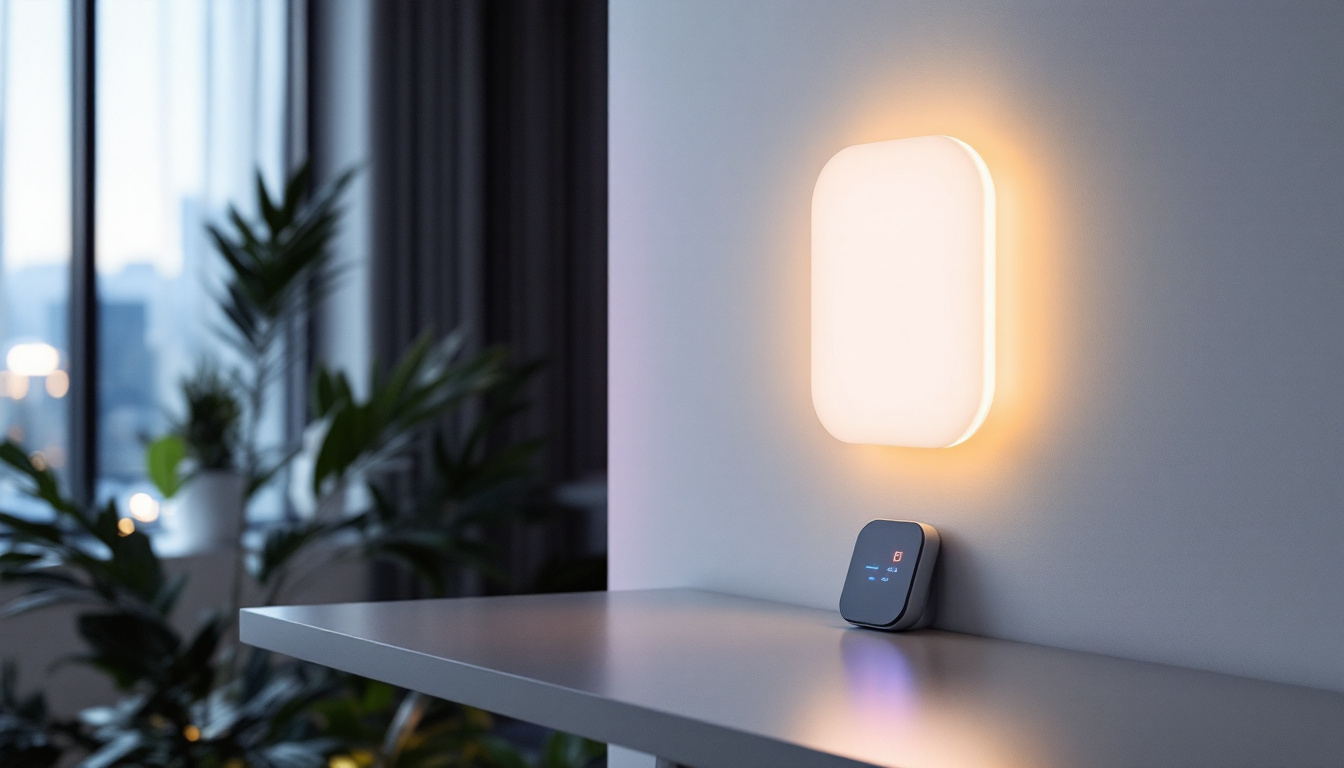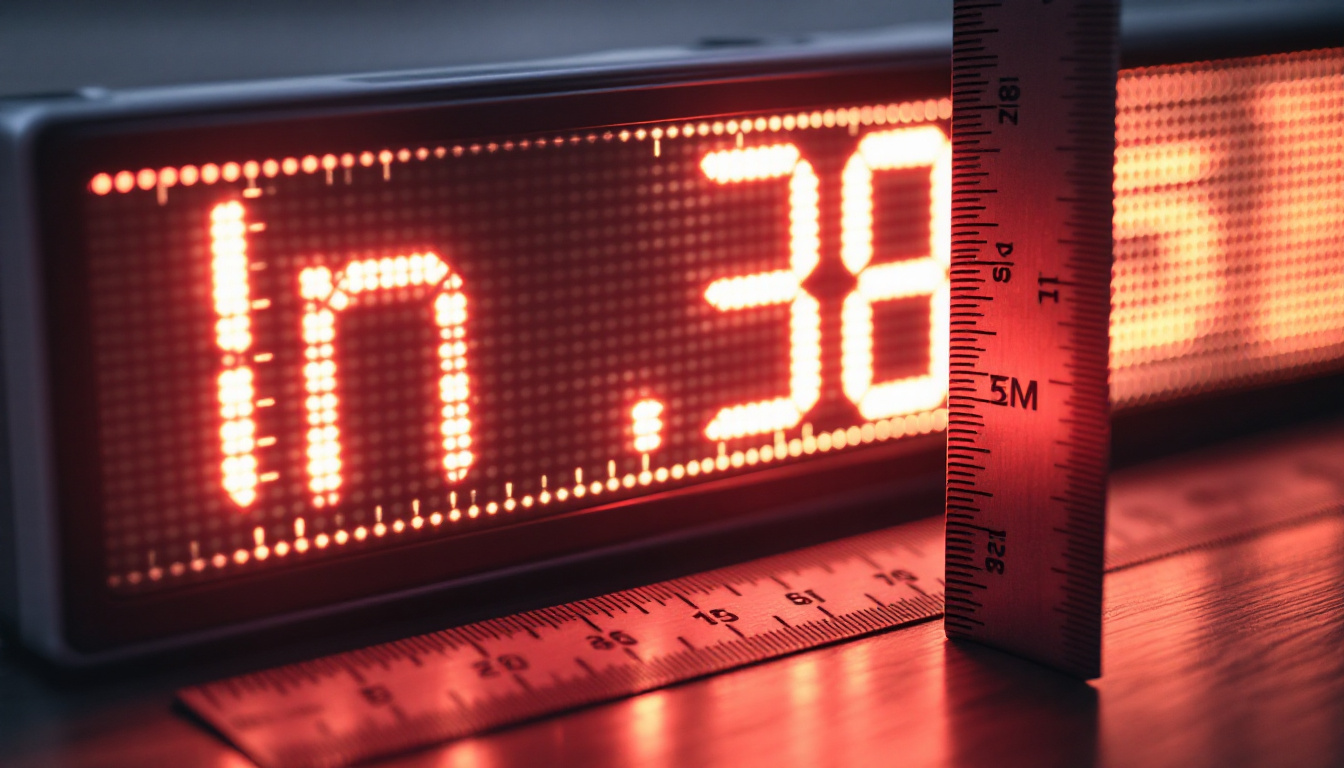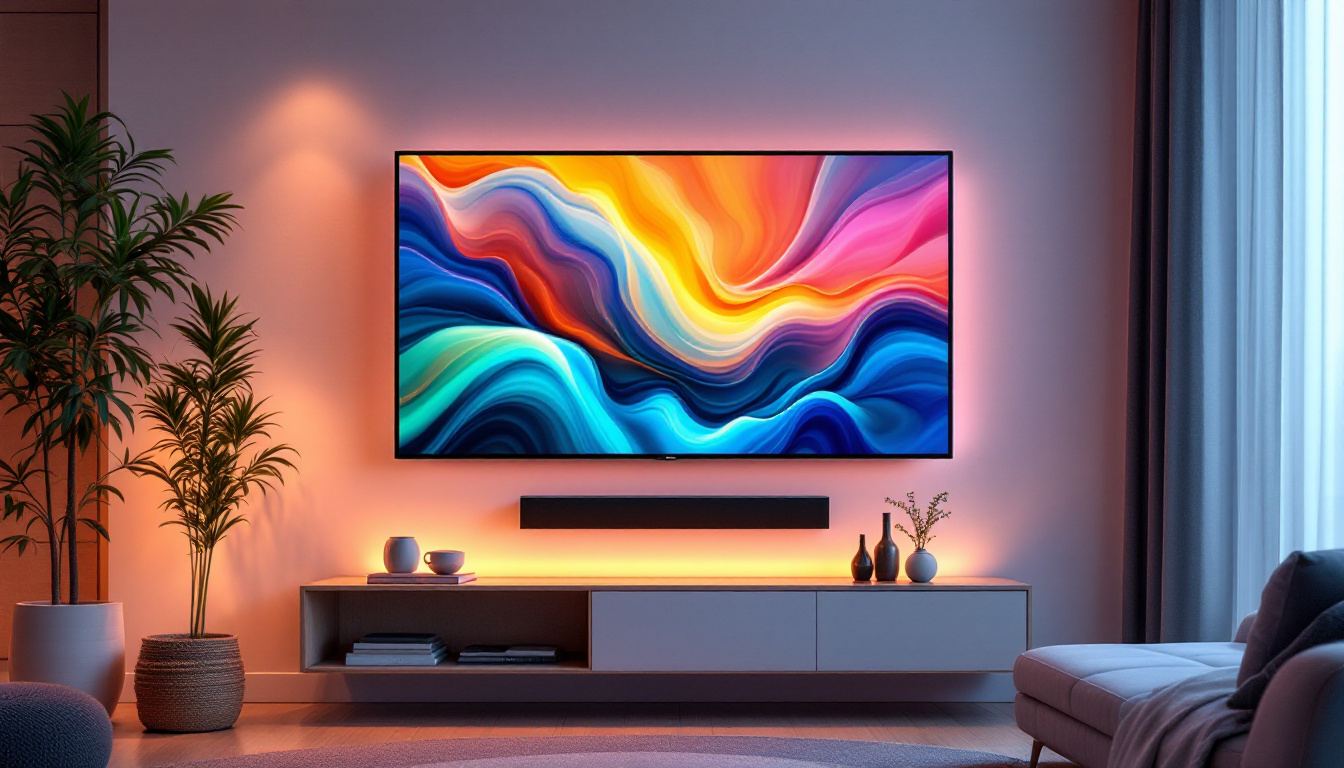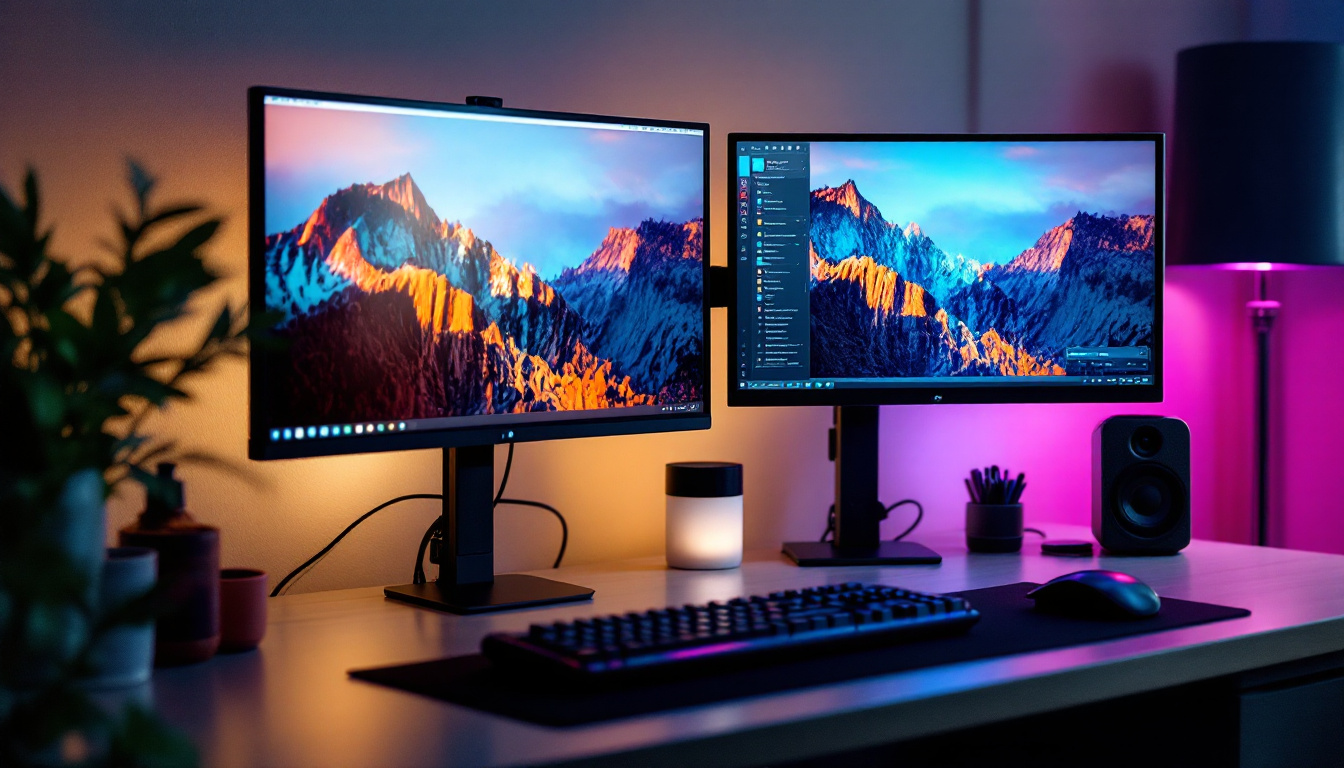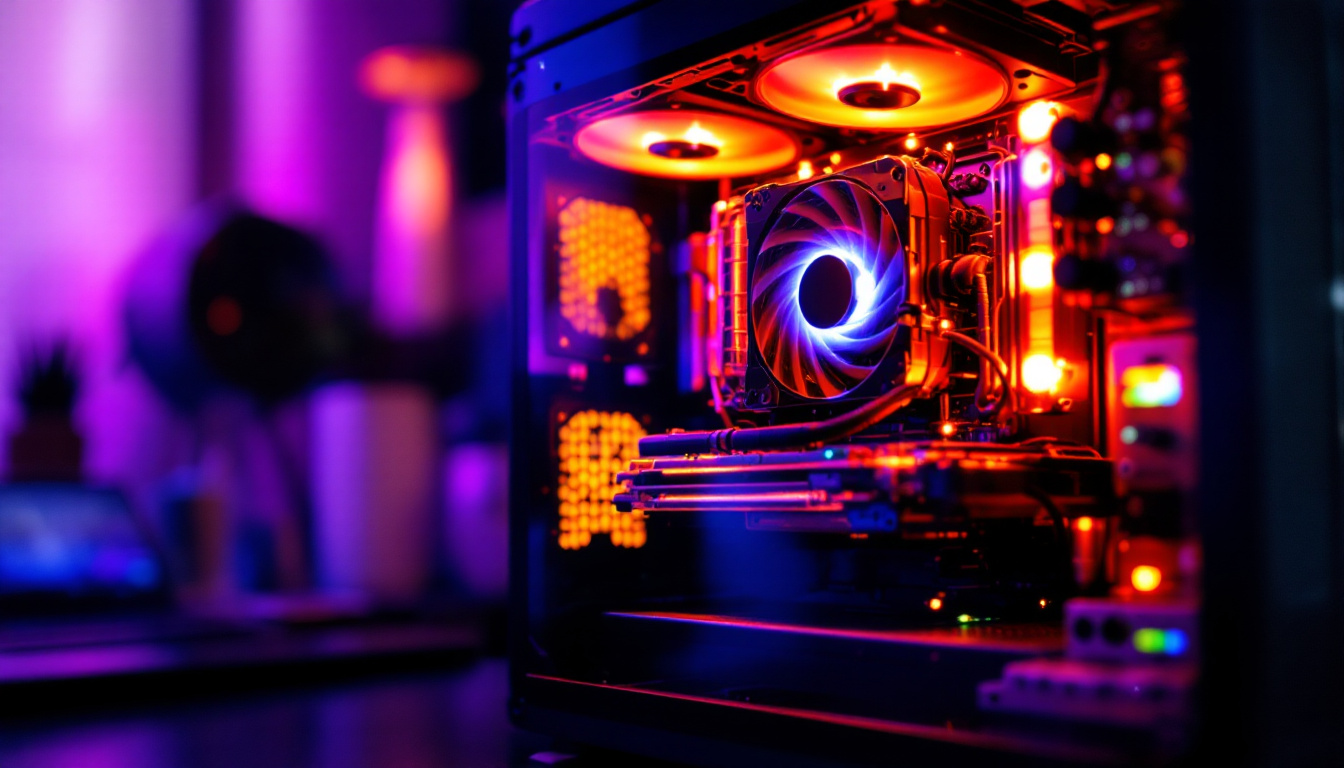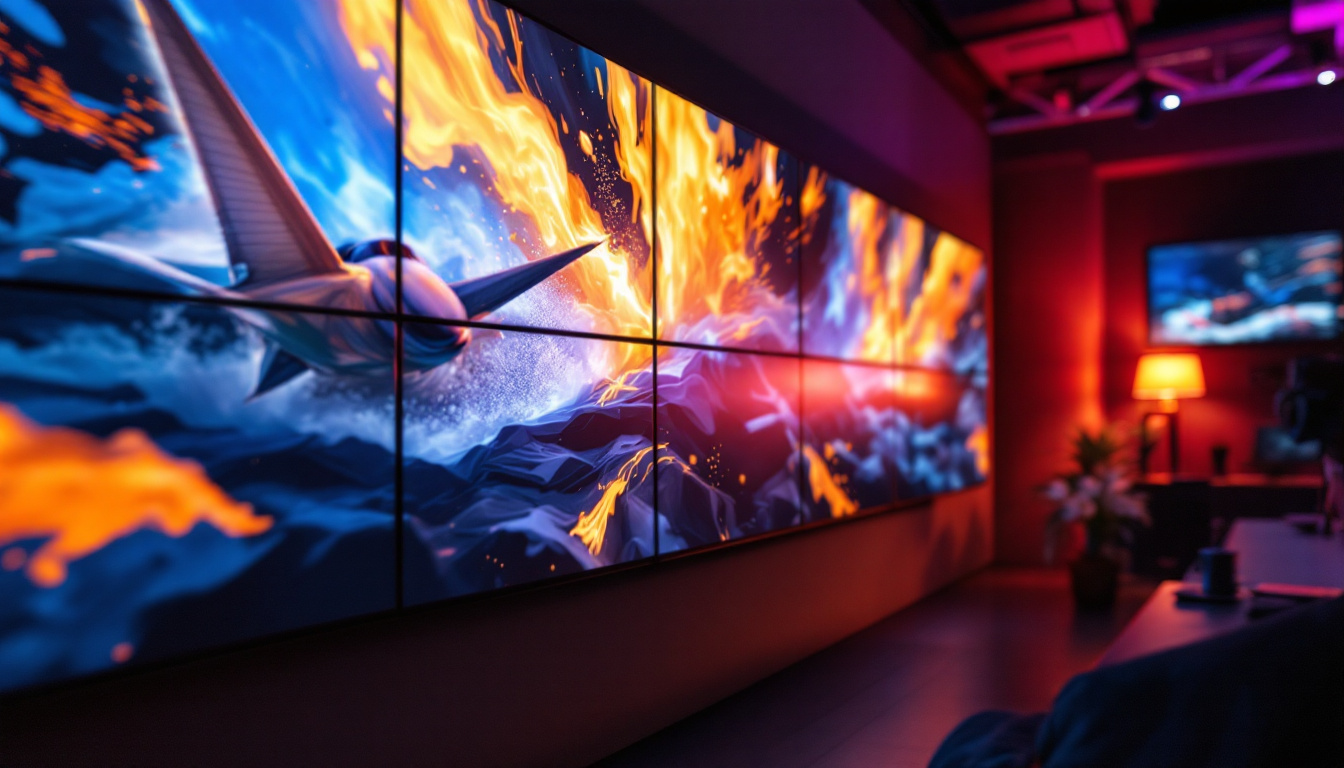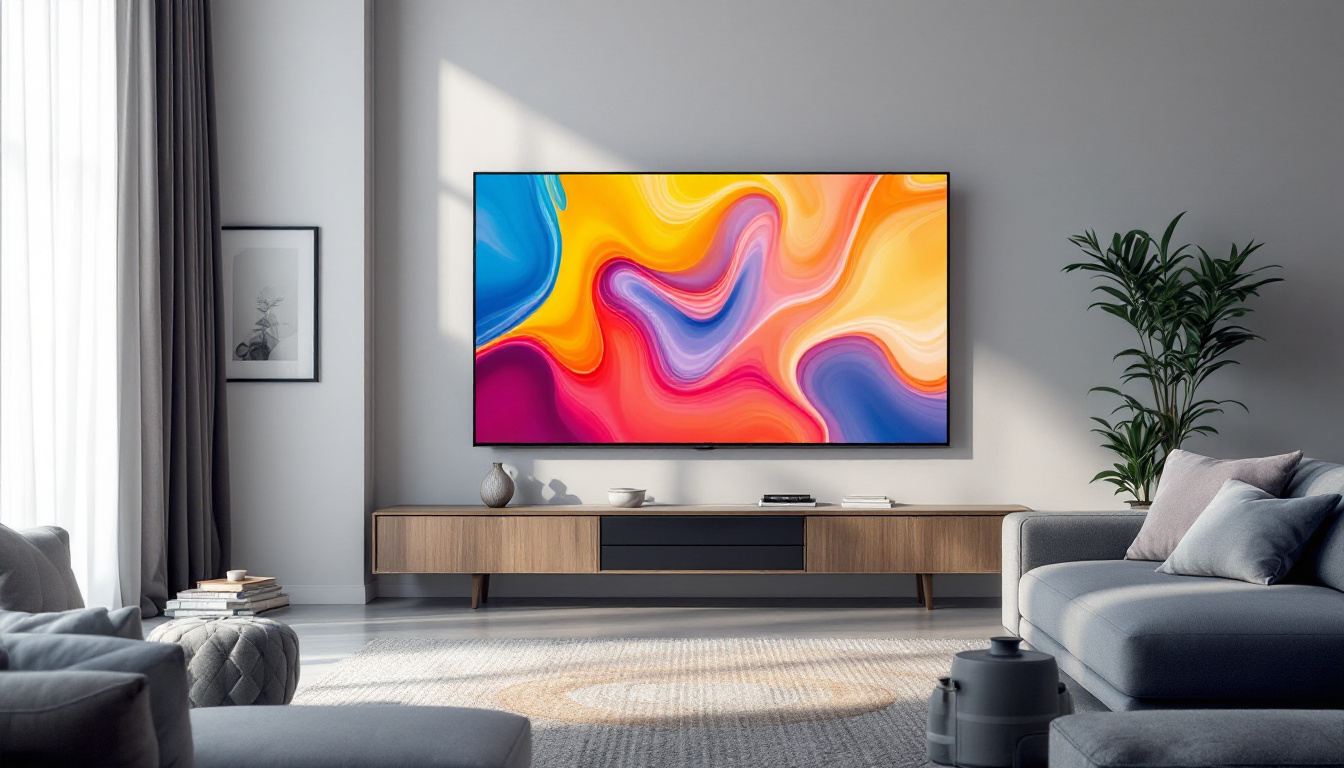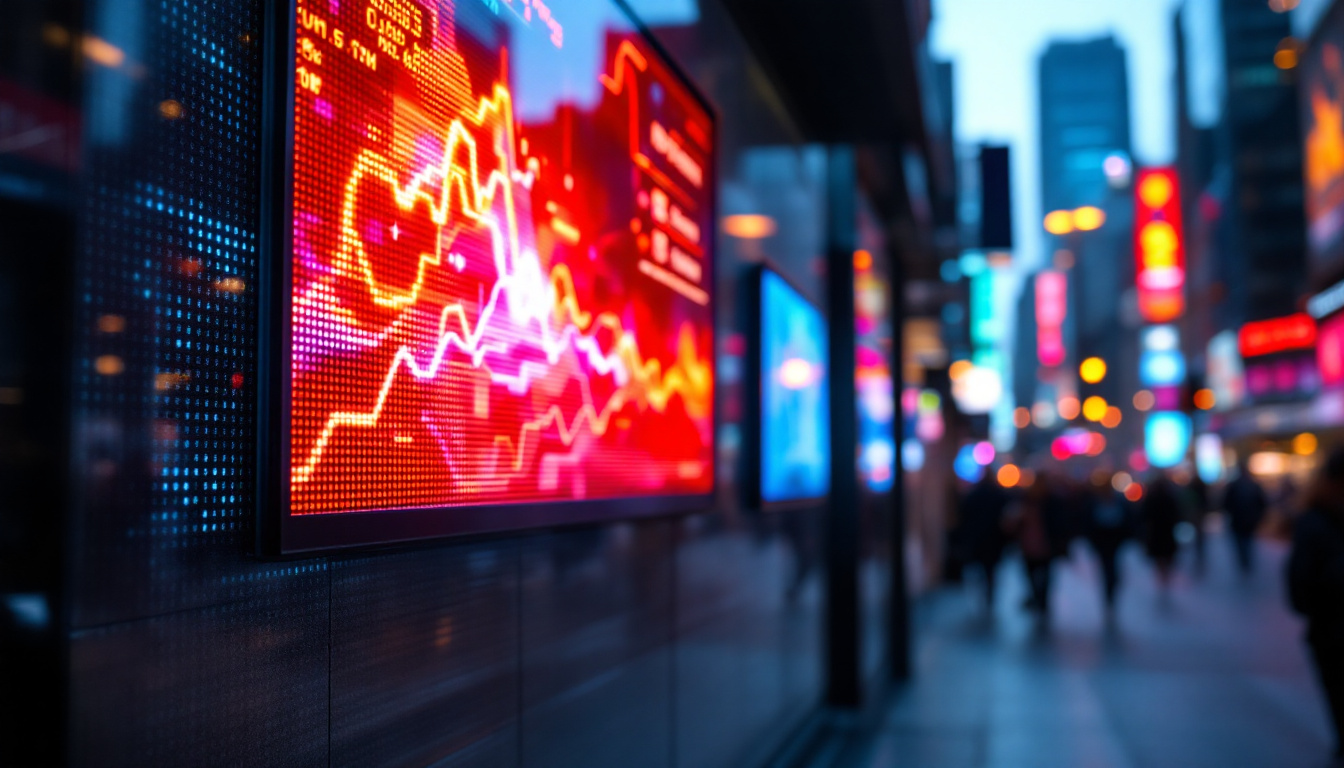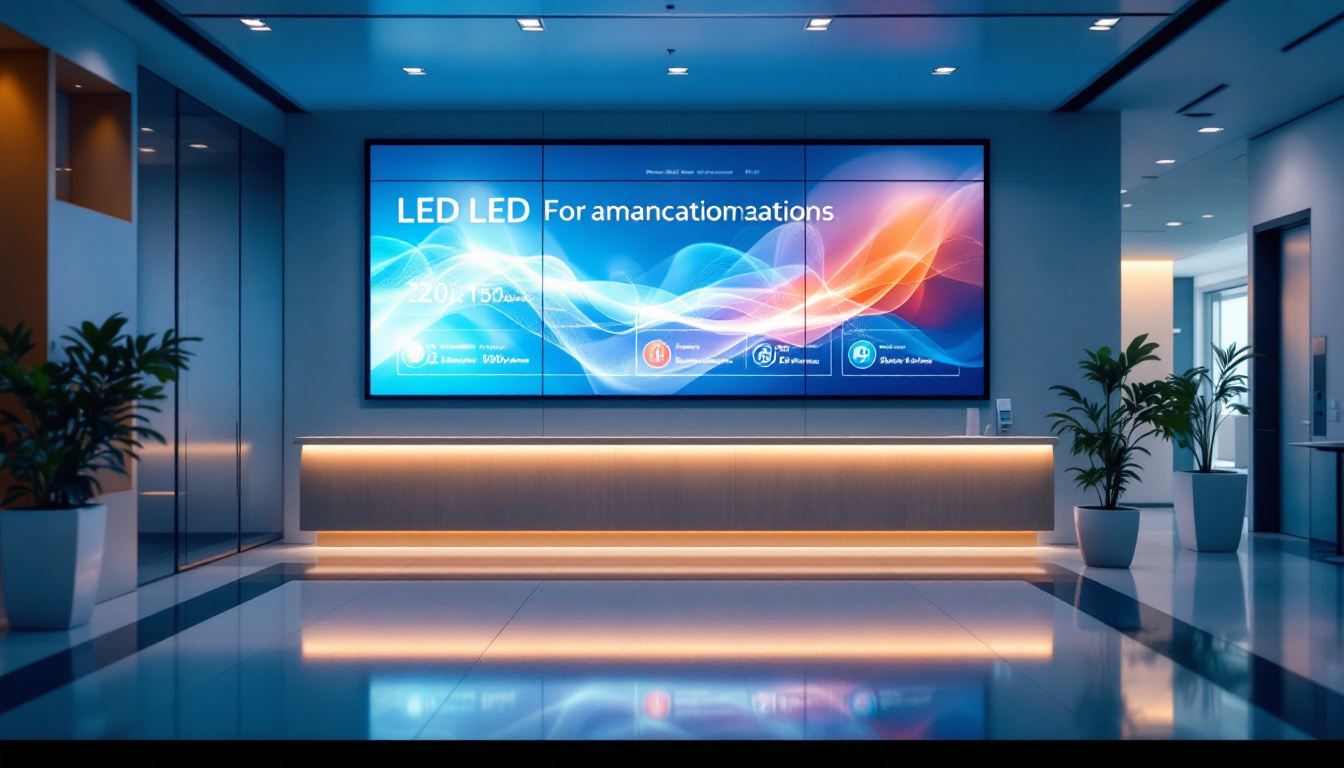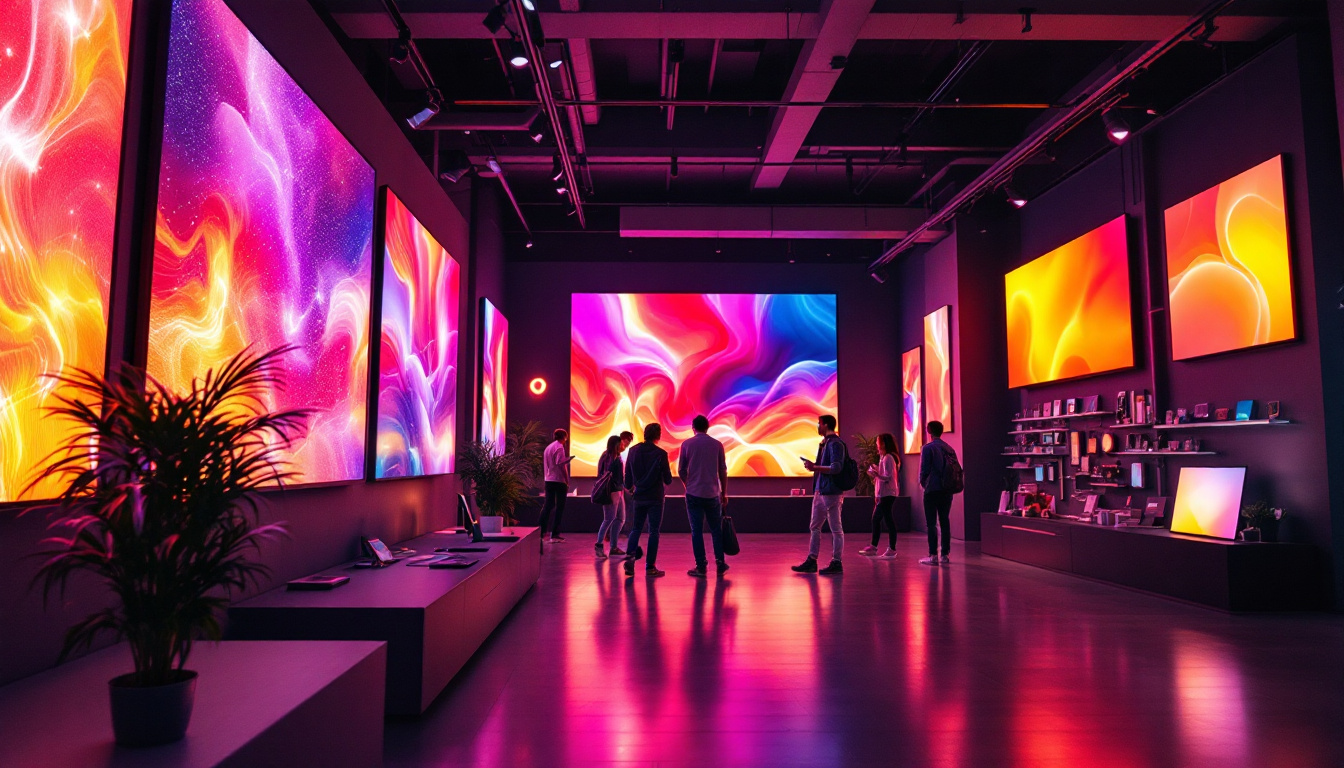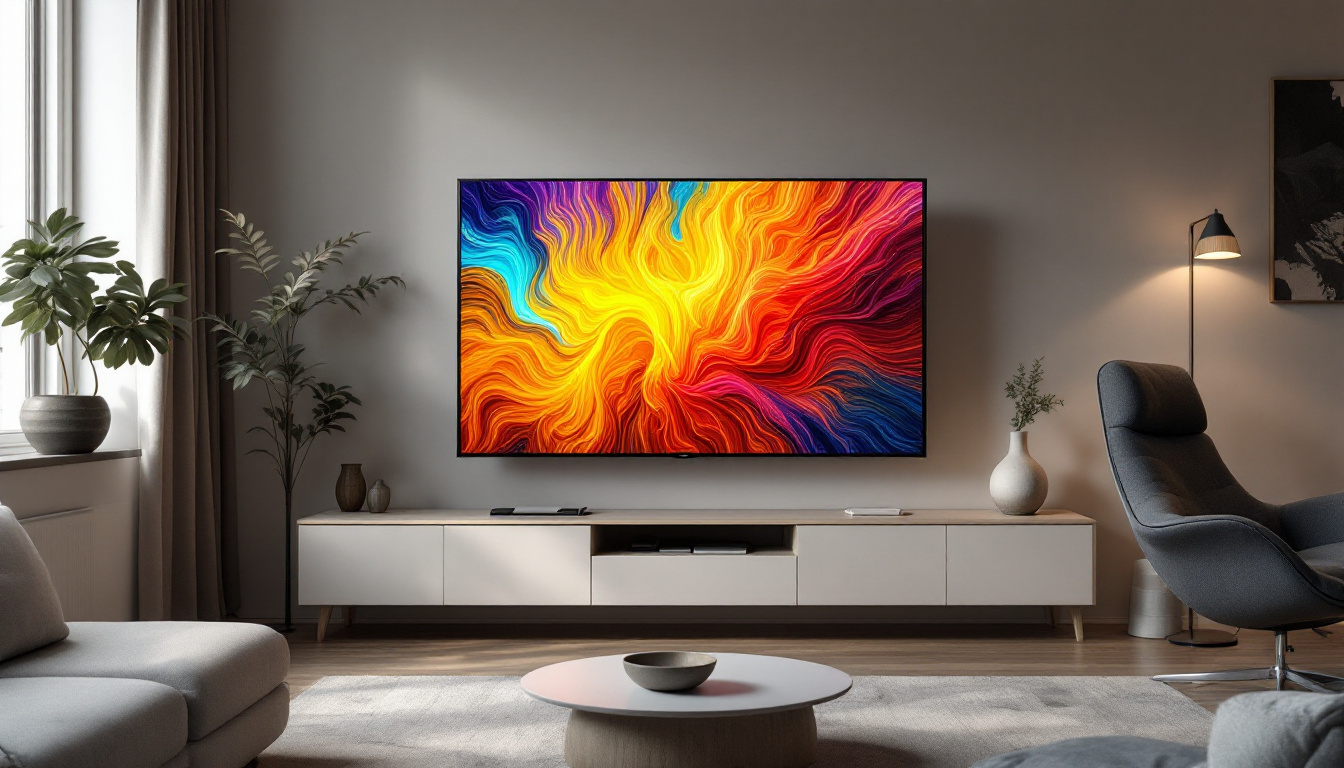In an age where surveillance and security are paramount, wall cameras equipped with LED displays have emerged as a vital component of modern security systems. These devices not only provide real-time video feeds but also enhance user interaction through their integrated LED displays. This article delves into the intricacies of wall cameras with LED displays, exploring their functionality, benefits, and applications.
Understanding Wall Cameras
Wall cameras are specialized surveillance devices designed to monitor specific areas. Unlike traditional cameras, which may be mounted on ceilings or poles, wall cameras are strategically placed on walls to optimize coverage and visibility. Their design allows for discreet installation while ensuring that they capture high-quality footage. The placement of wall cameras can significantly influence their effectiveness, as they can be positioned to focus on entry points, high-traffic areas, or vulnerable spots that require enhanced security.
Types of Wall Cameras
Wall cameras come in various forms, each tailored for specific environments and purposes. Common types include:
- Dome Cameras: These cameras are encased in a dome-shaped housing, making them less obtrusive and more aesthetically pleasing. They are often used in retail and public spaces. Their design not only helps to blend into the environment but also makes it difficult for potential intruders to determine the camera’s direction, enhancing their deterrent effect.
- Bullet Cameras: With their elongated shape, bullet cameras are ideal for outdoor use. They can be easily adjusted to focus on specific areas, making them versatile for various applications. These cameras often come with features like built-in infrared LEDs for night vision, ensuring that they remain effective even in complete darkness.
- PTZ Cameras: Pan-Tilt-Zoom (PTZ) cameras offer the ability to remotely control the camera’s movement and zoom capabilities. This feature is particularly useful for monitoring large areas. PTZ cameras can be programmed to follow specific patterns or to focus on particular events, providing a dynamic surveillance solution.
Key Features of Wall Cameras
When selecting a wall camera, several features should be considered to ensure optimal performance. These include:
- Resolution: Higher resolution cameras provide clearer images, which are crucial for identifying faces and license plates. Many modern wall cameras offer resolutions up to 4K, providing exceptional detail that can be vital in security investigations.
- Night Vision: Many wall cameras come equipped with infrared technology, allowing them to capture clear footage in low-light conditions. Some advanced models even offer color night vision, which enhances the quality of the footage captured during nighttime.
- Weather Resistance: For outdoor installations, weatherproof cameras are essential to withstand various environmental conditions. Look for cameras with an IP rating that indicates their level of resistance to dust and moisture, ensuring longevity and reliability in all weather conditions.
In addition to these features, wall cameras may also include advanced technologies such as motion detection, which can trigger alerts or recording when movement is detected. This feature not only saves storage space but also ensures that critical events are captured without the need for continuous recording. Furthermore, many modern wall cameras now offer cloud storage options, allowing users to access their footage remotely and securely, providing peace of mind whether they are at home or away.
Another important consideration when choosing wall cameras is their integration with smart home systems. Many cameras now come equipped with Wi-Fi connectivity, enabling users to monitor their properties through mobile apps. This functionality allows for real-time viewing and alerts, enhancing the overall security experience. Additionally, some systems offer two-way audio, enabling communication through the camera, which can be particularly useful for interacting with visitors or deterring potential intruders.
The Role of LED Displays in Wall Cameras
LED displays integrated into wall cameras serve multiple purposes, enhancing both functionality and user experience. These displays can provide real-time information, alerts, and even visual feedback to users.
Real-Time Monitoring
One of the primary advantages of wall cameras with LED displays is the ability to monitor live feeds directly from the camera. This feature allows users to quickly assess situations without needing additional equipment. For instance, security personnel can view the camera feed on-site, making it easier to respond to incidents as they occur.
Visual Alerts and Notifications
LED displays can also be programmed to show alerts and notifications. For example, if motion is detected in a restricted area, the camera can display a flashing light or a message indicating the breach. This immediate feedback can be crucial for preventing unauthorized access and ensuring safety.
User Interaction and Control
Many advanced wall cameras with LED displays allow for user interaction. Through touch screens or remote control, users can adjust camera settings, switch between different viewing modes, and even initiate recordings. This level of control enhances the functionality of the camera, making it a versatile tool for security management.
Benefits of Using Wall Cameras with LED Displays
The integration of LED displays in wall cameras brings a host of benefits that enhance their utility in various settings. From improved visibility to enhanced user engagement, these advantages make them a preferred choice for many organizations.
Enhanced Visibility
One of the most significant benefits of wall cameras with LED displays is enhanced visibility. The bright LED screens can be easily seen from a distance, making it clear that surveillance is in place. This visibility acts as a deterrent to potential wrongdoers, as the presence of a camera is often enough to discourage criminal activity.
Improved User Experience
LED displays provide an intuitive interface for users, allowing them to navigate through settings and features effortlessly. This ease of use is particularly beneficial in high-stress situations where quick decision-making is crucial. With clear visual cues and straightforward controls, users can respond effectively to incidents.
Versatile Applications
Wall cameras with LED displays are suitable for a wide range of applications. From retail stores monitoring customer behavior to corporate offices ensuring employee safety, these cameras can be tailored to meet specific needs. Their adaptability makes them a valuable asset in various industries.
Installation Considerations for Wall Cameras
Installing wall cameras with LED displays requires careful planning and consideration. Proper installation ensures optimal performance and coverage, maximizing the benefits these devices offer.
Location and Placement
The effectiveness of a wall camera largely depends on its location. Cameras should be placed at strategic points to cover entry and exit points, high-traffic areas, and blind spots. Additionally, the height and angle of the camera should be adjusted to capture the best possible footage without obstructions.
Power Supply and Connectivity
Wall cameras require a reliable power source and connectivity to function effectively. Depending on the model, some cameras may need to be hardwired, while others can operate on battery power. Ensuring a stable internet connection is also crucial for cameras that offer remote viewing and cloud storage capabilities.
Compliance and Regulations
Before installing wall cameras, it is essential to be aware of local regulations regarding surveillance. Privacy laws vary by region, and ensuring compliance is critical to avoid legal issues. Organizations should inform employees and customers about the presence of cameras and their intended use.
Maintenance and Troubleshooting
Regular maintenance is vital to ensure wall cameras with LED displays operate efficiently. Proper care can prolong the lifespan of the equipment and maintain high-quality performance.
Routine Checks
Conducting routine checks on wall cameras helps identify potential issues before they escalate. This includes inspecting the camera lens for dirt or obstructions, ensuring the LED display functions correctly, and verifying that all connections are secure. Regular updates to the camera’s software can also improve performance and security.
Troubleshooting Common Issues
Despite best efforts, issues may still arise with wall cameras. Common problems include connectivity issues, poor image quality, or malfunctioning LED displays. Troubleshooting these issues often involves checking the power supply, resetting the camera, or consulting the user manual for specific guidance.
Professional Maintenance Services
For organizations that rely heavily on surveillance, enlisting professional maintenance services can be beneficial. These services can provide comprehensive checks, software updates, and repairs, ensuring that wall cameras remain in optimal condition.
Future Trends in Wall Cameras with LED Displays
The surveillance industry is continually evolving, with advancements in technology shaping the future of wall cameras. The integration of LED displays is just one aspect of this evolution, as new features and capabilities emerge.
AI and Machine Learning Integration
Artificial intelligence (AI) and machine learning are poised to revolutionize wall cameras. These technologies can enhance image recognition, enabling cameras to distinguish between people, vehicles, and animals. This capability allows for more accurate alerts and reduces false alarms, improving overall security.
Enhanced Connectivity Options
As smart homes and businesses become more prevalent, the demand for enhanced connectivity options will grow. Future wall cameras may incorporate advanced wireless technologies, allowing for seamless integration with other smart devices. This connectivity will enable users to control their security systems from anywhere, using mobile apps or voice commands.
Improved User Interfaces
Future developments in LED displays may lead to more sophisticated user interfaces. Touchscreen capabilities, customizable settings, and interactive features could enhance user experience, making it easier to manage surveillance systems. As technology advances, the focus will likely shift towards creating more intuitive and user-friendly designs.
Conclusion
Wall cameras with LED displays represent a significant advancement in surveillance technology. Their ability to provide real-time monitoring, visual alerts, and user interaction makes them invaluable tools for enhancing security. As technology continues to evolve, these devices will likely become even more sophisticated, offering improved features and capabilities.
Organizations and individuals alike can benefit from the integration of wall cameras into their security systems. By understanding the functionality, benefits, and future trends of these devices, users can make informed decisions that enhance safety and security in their environments.
Discover LumenMatrix LED Display Solutions
Ready to elevate your security and surveillance capabilities? Explore LumenMatrix’s comprehensive range of LED display solutions, designed to integrate seamlessly with wall cameras and enhance your security system. From Indoor and Outdoor LED Wall Displays to innovative options like Vehicle and Sports LED Displays, LumenMatrix offers cutting-edge technology for every need. Experience the future of visual communication and ensure your environment is not only secure but visually engaging. Check out LumenMatrix LED Display Solutions today and transform the way you monitor and interact with your space.

